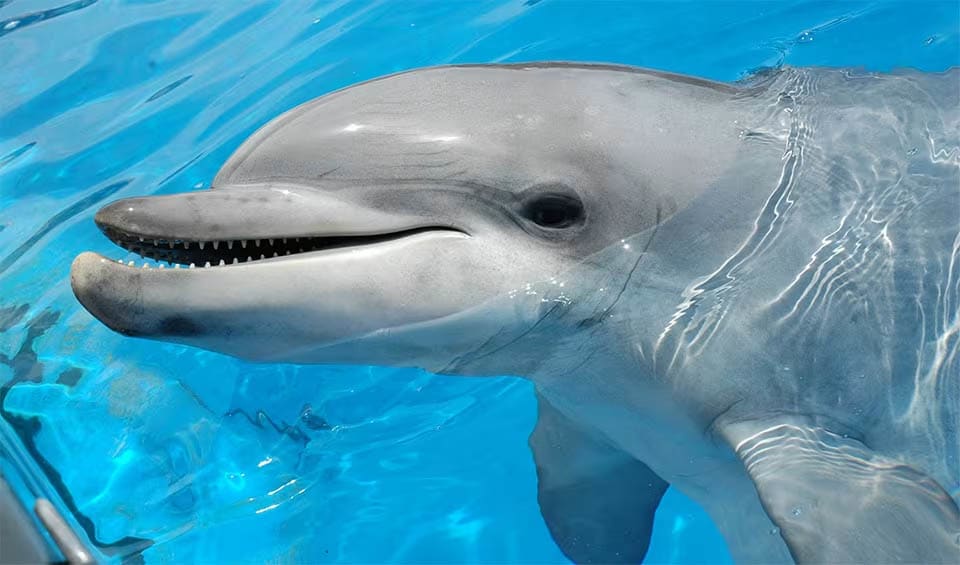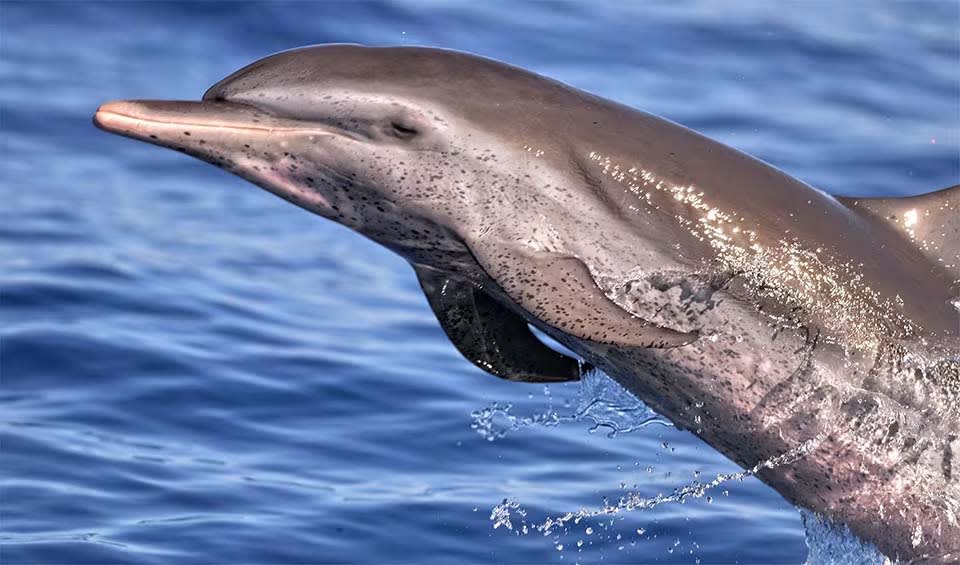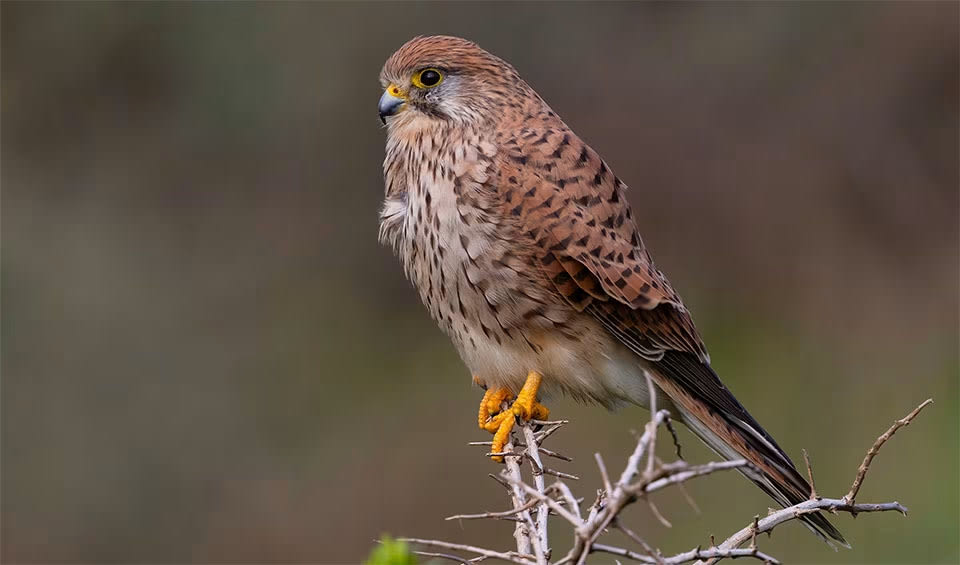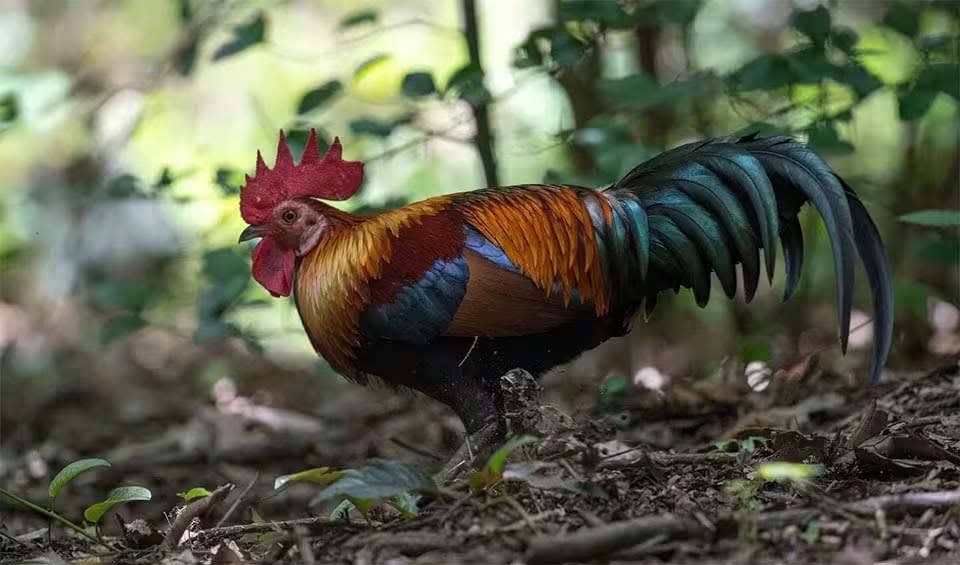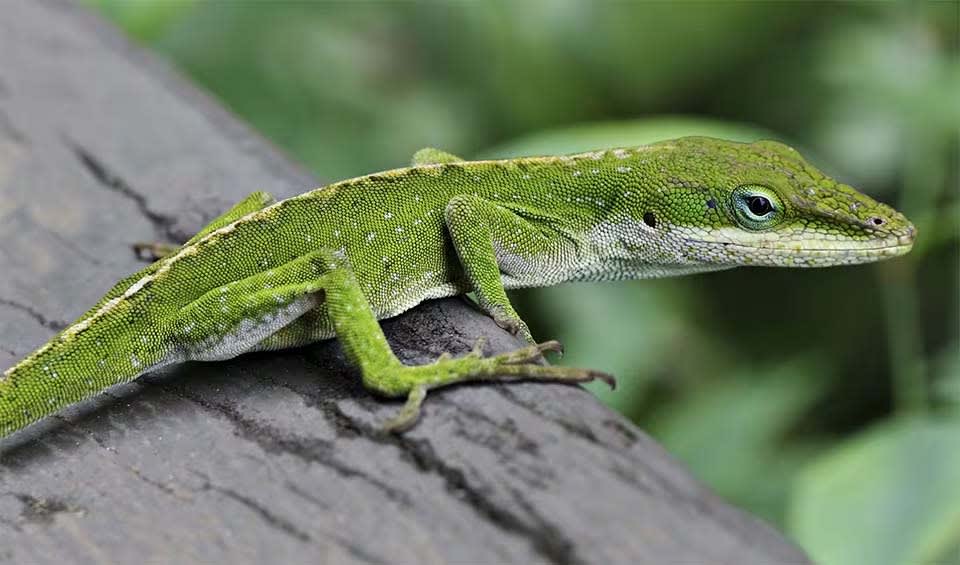The Northern Mariana Islands, an unincorporated territory of the United States, is located in the western Pacific Ocean, northeast of Guam. This chain of 14 islands, including Saipan, Tinian, and Rota, stretches over 600 km (373 miles) and covers a total land area of about 464 km² (179 mi²). The Northern Marianas are renowned for their stunning landscapes, rich cultural heritage, and diverse biodiversity.
This country boasts diverse landscapes, including volcanic peaks, lush forests, pristine beaches, and vibrant coral reefs. Dense tropical forests, teeming with plant and animal life, stretch from coastal areas to mountainous interiors. The island’s white sand beaches and crystal-clear waters are renowned for their beauty and serenity. Surrounding coral reefs, among the Pacific’s most diverse, provide essential habitats for marine life.
Four pillars elaborated:
The Northern Mariana Islands have established three no-take Marine Protected Areas (MPAs) around Saipan: the Managaha Marine Conservation Area (established in 2000), Bird Island Sanctuary (2001), and Forbidden Island. These MPAs provide essential habitats for marine life and support sustainable fisheries. Additionally, the Northern Mariana Islands protect numerous cultural and historical sites, including ancient latte-stone structures, World War II battlefields, and traditional villages. These sites offer valuable insights into the islands’ rich history and cultural heritage. Land Management
Land Management
The biodiversity of the Northern Mariana Islands is threatened by habitat loss, invasive species, climate change, overexploitation, pollution, and limited conservation efforts. Natural habitats are being converted for agriculture, urban development, and infrastructure projects, leading to deforestation and land clearing. Invasive species like the brown tree snake and feral pigs outcompete or prey on native species. Threats to Biodiversity
Threats to Biodiversity
Climate change causes rising sea levels and increased storm intensity, threatening coastal habitats like mangroves and coral reefs. Overfishing, unsustainable harvesting, and pollution from sewage, oil spills, and agricultural runoff further harm ecosystems. With only a small percentage of land formally protected and limited resources for biodiversity monitoring, sustainable development, invasive species control, habitat restoration, and strengthened conservation efforts are crucial for preserving the islands’ unique biodiversity.
The government of the Northern Mariana Islands (CNMI) has been proactive in conserving biodiversity, focusing on avian species and marine ecosystems. Key initiatives include the Mariana Avifauna Conservation Program, which aims to ensure the long-term survival of native birds by protecting them from the brown tree snake, breeding them in captivity, and translocating them to snake-free islands. The CNMI has identified eight species and six northern islands for these translocations, with funding secured through 2034. This includes critically endangered species like the nightingale reed-warbler, the Rota white-eye, and the Mariana swiftlet. Additionally, a cross-agency Coral Reef Initiative works to protect and responsibly manage the islands’ coral reef ecosystems. Capacity and Governance
Capacity and Governance
The Northern Mariana Islands (CNMI) Biodiversity Plan 2030 outlines a comprehensive strategy to conserve the islands’ rich biodiversity. It aims to address threats to native species and ecosystems, promote the sustainable use of natural resources, and enhance community engagement in conservation efforts. The CNMI is home to various endemic species, such as the endangered Mariana fruit bat, the critically endangered Mariana crow, and the vulnerable Aguiguan kingfisher. The plan prioritizes the protection of these unique species and their habitats. Future Trends
Future Trends
Biodiversity
The rich biodiversity of the Northern Mariana Islands stems from its varied ecosystems, ranging from volcanic peaks and tropical forests to vibrant coral reefs. The flora includes a wide range of tropical plants such as coconut palms, breadfruit, and pandanus, with forests home to native species like ironwood and flame trees. Coastal areas feature mangroves and beach vegetation, crucial for shoreline protection and wildlife habitats.The fauna is equally diverse, with endemic and native species such as the Mariana fruit dove, Micronesian kingfisher, and the endangered Mariana crow. Forests host fruit bats, essential for pollination and seed dispersal. The marine environment is teeming with life, including sea turtles, dolphins, colorful reef fish, giant clams, and various species of sharks and rays.
In the table below are the number of known species in several main groups, how many of these species are Threatened with extinction, and how many of them are Endemic (unique to Northern Mariana Islands only):
| Species (World rank) |
Threatened | % Threatened | Endemic | % Endemic | |
|---|---|---|---|---|---|
| Mammals | 23 (#196) | 3 | 13.0% | ||
| Birds | 115 (#188) | 14 | 12.2% | 7 | 6.1% |
| Reptiles | 15 (#169) | ||||
| Amphibians | 1 (#192) | ||||
| Fishes | 788 (#73) | 25 | 3.2% | 5 | 0.6% |
| Plants | 678 (#193) | 6 | 0.9% | 5 | 0.7% |
mammals
Common bottlenose dolphin
Known for their acrobatic leaps, twisting and turning gracefully as they jump completely out of the water
Pantropical spotted dolphin
A champion swimmer and a social butterfly of the warm seas
birds
Little egret
During breeding, they transform with elegant white plumage, adorned by decorative plumes on the head, neck, and back
Eurasian kestrel
Adaptable raptor known for its hovering hunting technique and striking appearance
Red junglefowl
Native to Asia where they were first domesticated, the ancestors to all our chickens
reptiles
Green anole
Really good at climbing trees and fences because their feet have special sticky pads that help them stick to almost anything!
Green sea turtle
Largest hard-shelled sea turtle on earth
Hawksbill sea turtle
Its slender frame and narrow head bear a beak curved like a hawk’s, earning this marine marvel its name
National Animals
Mariana fruit dove
Aside from fruits, they are known to feed on nectar and pollen of various flowering plants
